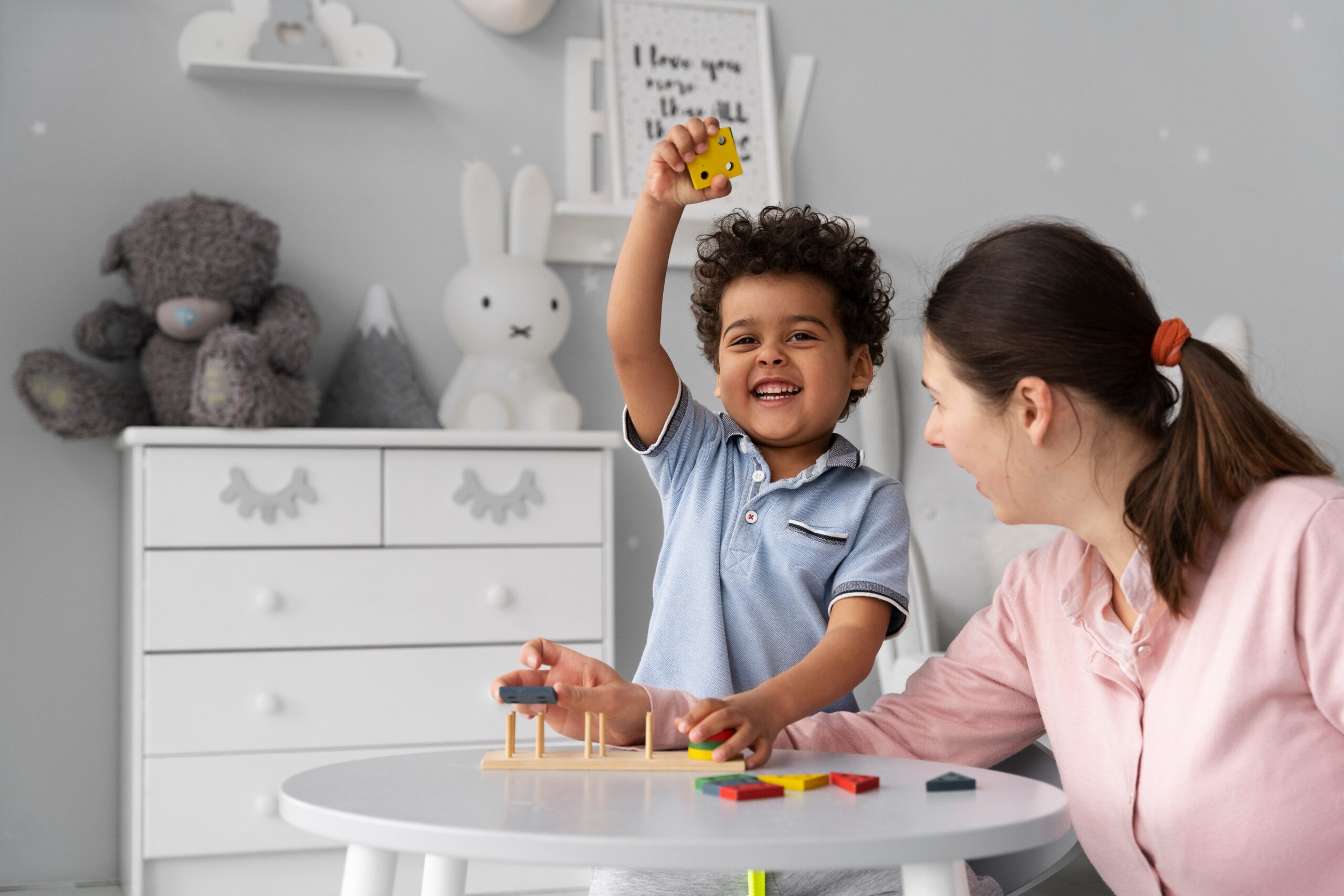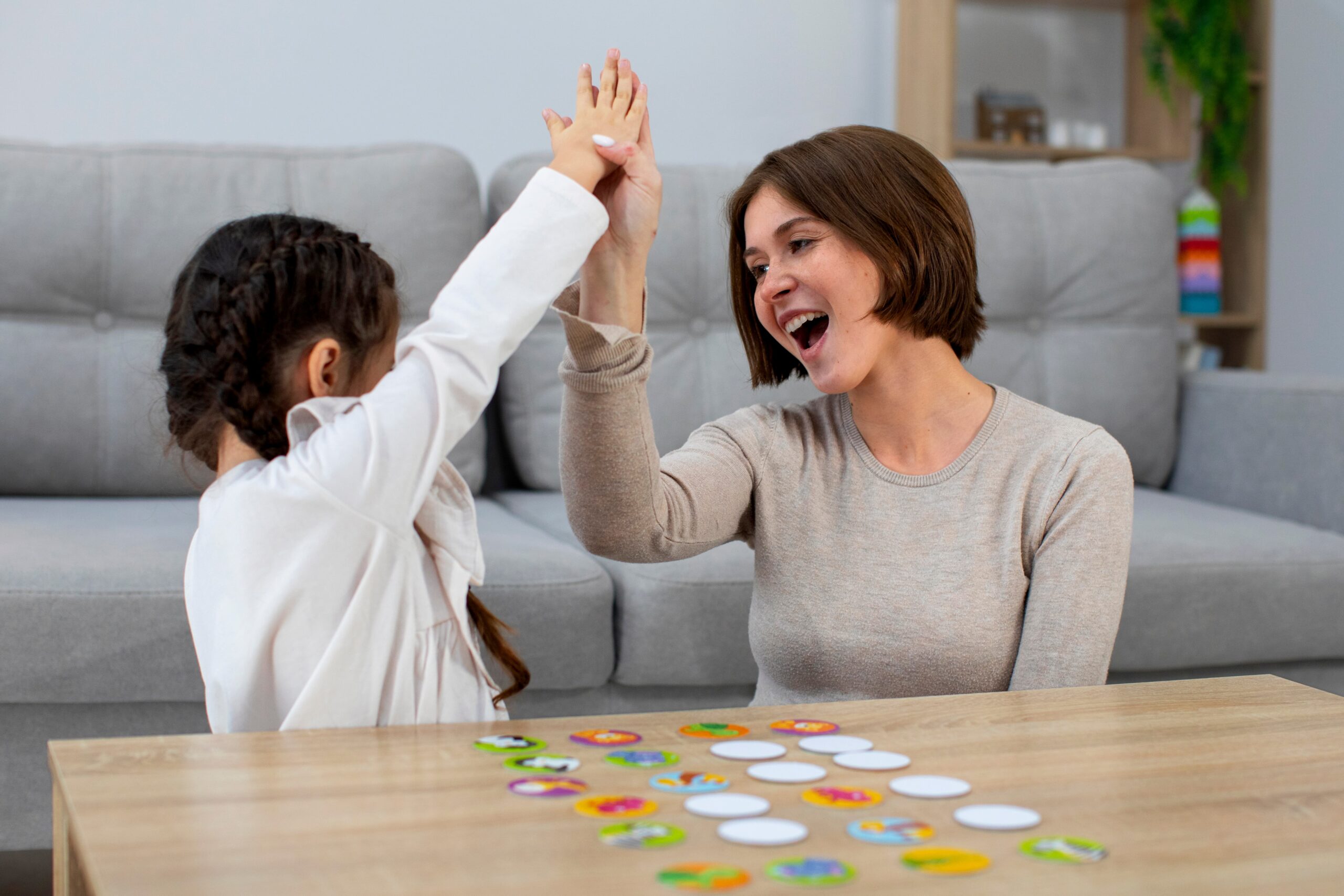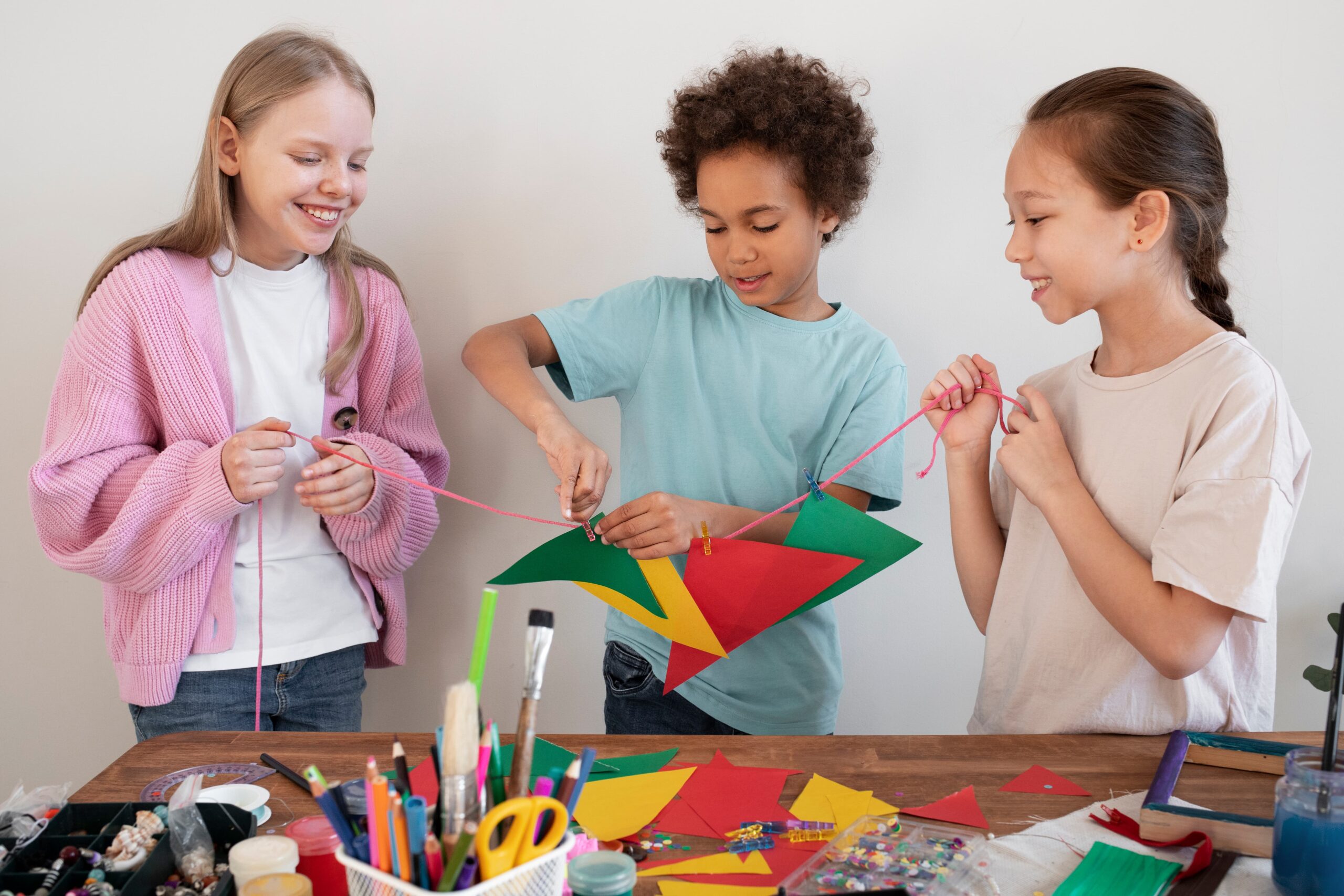Key Points:
- Social interaction in autism can be challenging but targeted strategies make progress possible.
- Practical tools like visual supports, role-playing, and structured settings help children engage.
- Support from caregivers and ABA therapy strengthens long-term social development.
For many families, one of the most challenging aspects of autism is navigating social interaction. Children on the spectrum often want to connect but may struggle with the skills needed to start or maintain conversations, read social cues, or form friendships. Parents and caregivers searching for solutions want strategies that are practical, supportive, and tailored to real-life situations.
This article explores the scope of social interaction in autism and provides strategies, tools, and resources to help children strengthen their social abilities. Whether you’re a parent, caregiver, or educator, you’ll find clear steps and support ideas that can make daily interactions less overwhelming and more rewarding.
Understanding Social Interaction in Autism
Social interaction in autism refers to how individuals on the spectrum connect and communicate with others. While some children prefer minimal social engagement, others may desire connection but find it difficult to navigate.
Challenges can include:
- Difficulty reading facial expressions, tone of voice, or body language
- Trouble starting or sustaining conversations
- Limited interest in group play or activities
- A preference for routines that make unpredictable interactions stressful
Understanding these differences helps parents and caregivers approach social learning with patience and clarity. It also highlights why strategies must be personalized to each child.
 Why Social Skills Matter
Why Social Skills Matter
Strong social interaction skills are not just about making friends. They affect a child’s confidence, emotional well-being, and ability to navigate school and community environments.
Without support, a child may feel isolated or misunderstood. But with the right strategies, these skills can grow over time, allowing for more meaningful connections and improved quality of life.
Common Barriers to Social Interaction
Parents often encounter recurring challenges when helping their child with autism engage socially:
- Sensory sensitivities – Loud environments or busy groups may overwhelm a child.
- Unstructured situations – Without clear rules, such as in recess, social interaction may feel confusing.
- Language differences – Delays in expressive or receptive language can make back-and-forth conversations harder.
- Anxiety or avoidance – Past struggles can create stress around trying again.
Recognizing these barriers is the first step to creating strategies that actually work.
Practical Strategies to Support Social Interaction in Autism
Below are evidence-based and parent-friendly approaches that can make a real difference.
1. Use Visual Supports
Visual schedules, social stories, and picture cards give structure to social expectations. For example, a social story about greeting a peer can break the process into simple, visual steps.
2. Practice Through Role-Play
Role-playing helps children rehearse common scenarios such as sharing toys, asking to join a game, or saying goodbye. Practicing in a safe, low-pressure environment builds confidence before real-life interactions.
3. Encourage Parallel Play
For younger children, start with parallel play, playing near another child without direct interaction. Over time, guide them toward shared activities, like building blocks together or drawing side by side.
4. Focus on Special Interests
Incorporating a child’s interests into social practice increases motivation. For example, if a child loves trains, set up a group activity around building a train track where others can join in.
5. Create Predictable Routines
Social interaction feels safer when children know what to expect. Structured routines around greetings, playtime, or meal conversations reduce uncertainty and build consistency.
6. Use Modeling and Peer Buddies
Seeing peers model social behaviors makes skills more relatable. Some schools use peer buddy systems where classmates partner with children on the spectrum during group activities.
7. Break Down Conversations into Steps
Teach specific steps for conversation, such as:
- Look at the person
- Say hello
- Ask a question
- Listen and respond
Breaking it into manageable parts prevents overwhelm and gives the child a guide to follow.
8. Reinforce Positive Social Behaviors
Praise, tokens, or rewards for successful interactions encourage repetition. Reinforcement should be immediate and meaningful to the child.
 Building Social Interaction at Home
Building Social Interaction at Home
Parents play an essential role in helping children practice. Here are home-based strategies:
- Family games: Board games and turn-taking activities reinforce sharing and patience.
- Conversation starters: Ask predictable questions at dinner like “What was your favorite part of today?”
- Video modeling: Watching short videos of positive social interactions can provide a visual reference.
Daily practice, even in small ways, helps generalize social skills beyond therapy or school settings.
Building Social Interaction at School
Educators and support staff can foster inclusion by:
- Creating structured group activities with clear roles
- Providing visual prompts during class discussions
- Allowing sensory breaks to prevent overwhelm
- Pairing students in low-stress cooperative tasks
When schools work in partnership with families, children experience consistency across environments.
When Professional Support is Needed
While parents and teachers can do much, some children benefit from structured therapy to address social interaction. Applied Behavior Analysis (ABA) therapy is one approach often used to teach communication and social skills through individualized, data-driven methods.
Therapists can help children practice skills in gradual steps, track progress, and apply reinforcement tailored to the child’s needs. This structured support can complement the strategies families use at home.
The Path Toward Stronger Connections
Social interaction in autism is a central challenge for many families, but it is also an area where children can make significant progress with the right support. Parents, caregivers, and educators can create opportunities for growth through visual tools, role-play, structured routines, and reinforcement. Building social connections step by step allows children to gain confidence, independence, and lasting skills.
Helping a child with autism thrive socially requires patience and the right strategies, but professional guidance can make the journey smoother. Acclimate ABA provides ABA therapy in Utah designed to support communication and social interaction goals. With tailored programs and compassionate guidance, families can see meaningful progress in their child’s ability to connect with others.
If you’re ready to strengthen your child’s social skills, explore how ABA therapy through Acclimate ABA can provide the structure and support your family needs. Get in touch with us so we can answer your questions!

